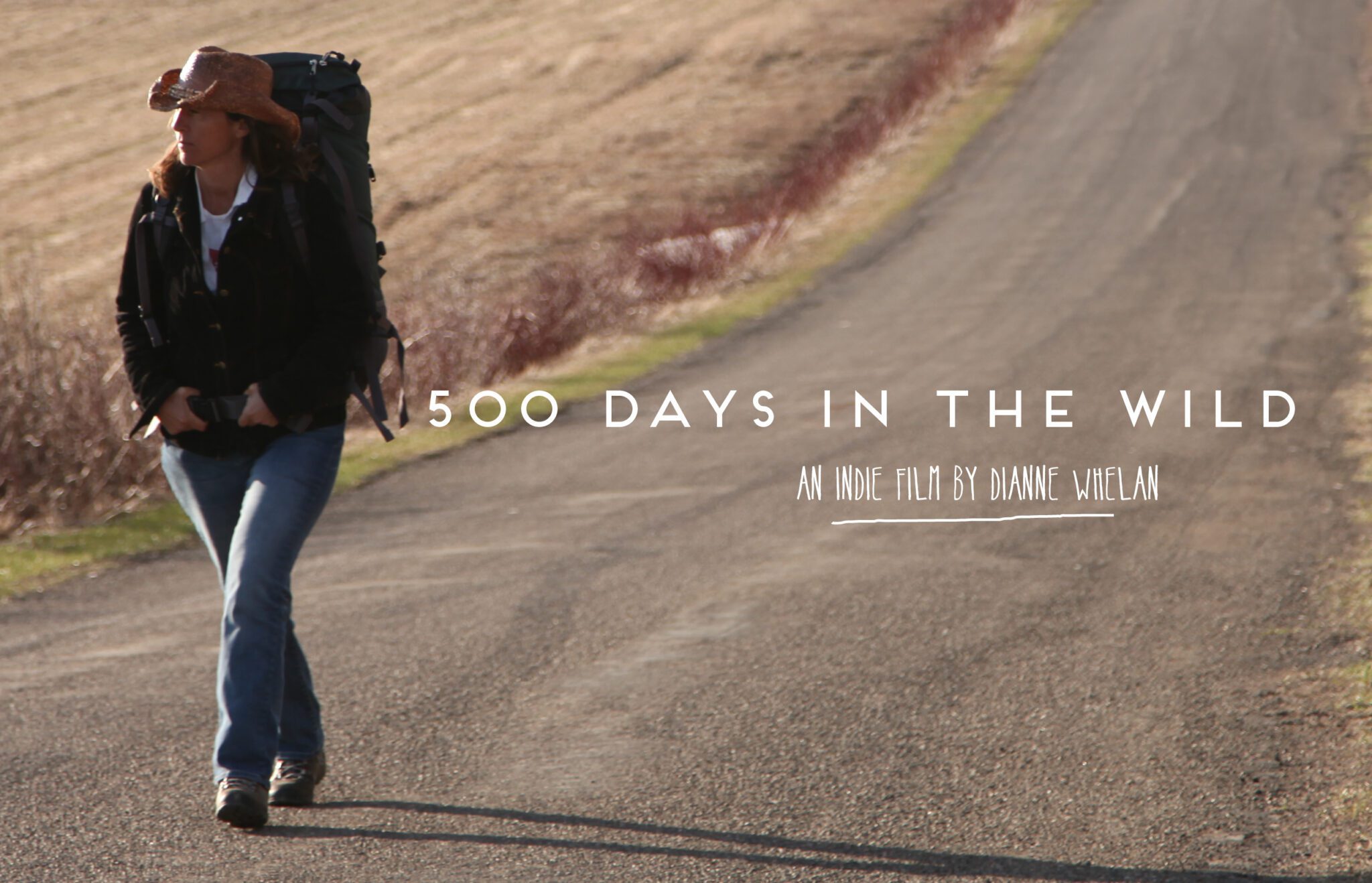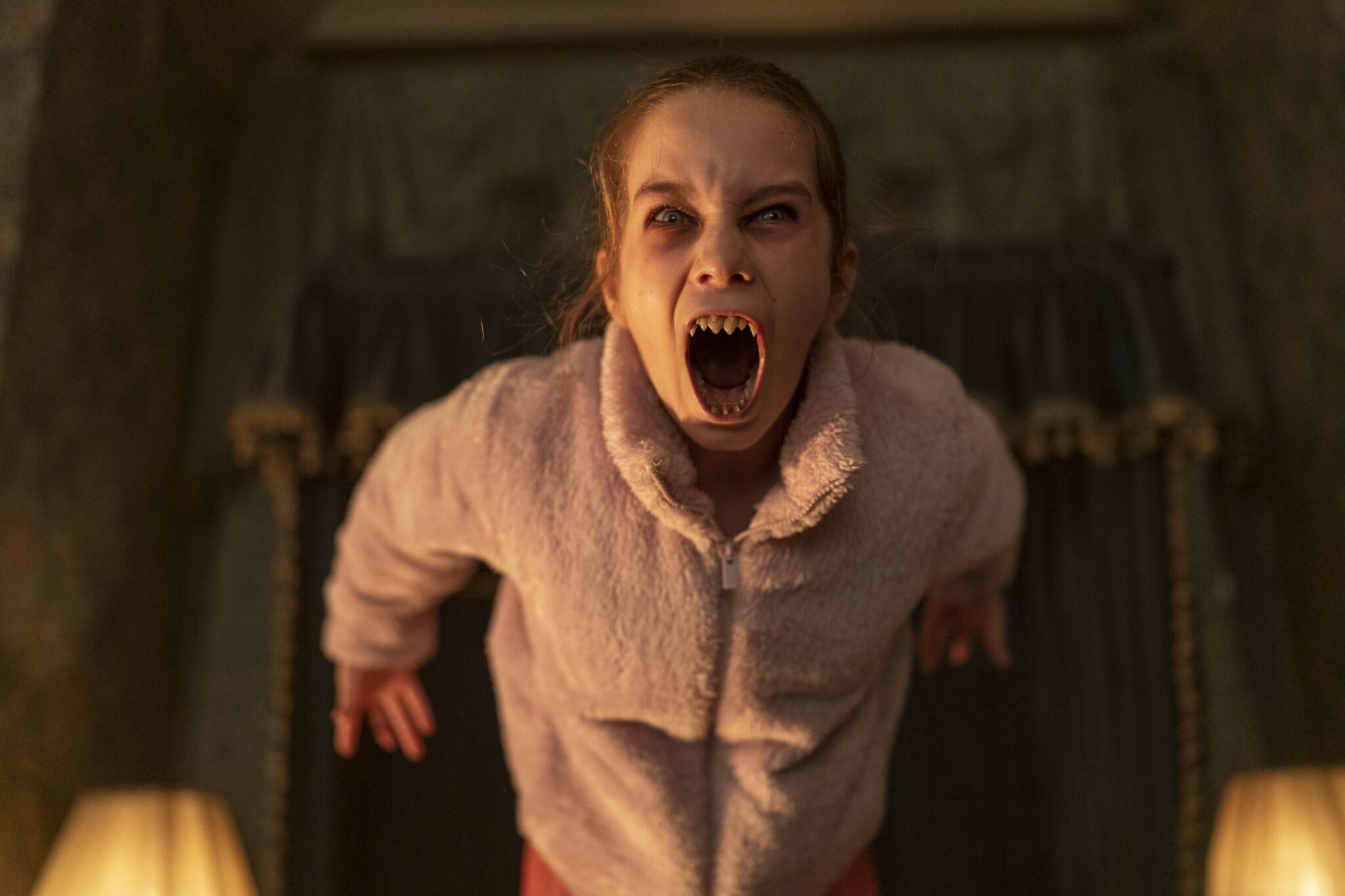At the outset of 500 Days in the Wild, Dianne Wheland decided that she needed to make a change. Frustrated with life and disillusioned with the state of the world, she believed that she needed to clear her head by crossing the Canadian countryside. Although she isn’t an extreme athlete, Wheland projected that it would take 500 days to make the journey. However, as the difficult realities of her expedition begin to take hold, she must put her plans aside for what’s ahead of her. But what she could never have predicted was the way that this journey would leave her changed, making her wiser and more hopeful for the future.
Directed by Whelan, 500 Days in the Wild begins as a personal reset and becomes something far more significant. As Whelan journeys across the Canadian terrain, her journey cracks open pieces of her soul. There’s a deeply rooted growth that takes place within her as she bikes, canoes, walks and camps through the stunning landscapes that envelop her.

In fact, what may be most striking about these 500 Days is Whelan herself. Through her openness and candor, we are invited to participate in her personal journey. As her 500 days becomes far more than that, she submits to the process, allowing herself to undergo a spiritual transformation. (After all, Whelan states that “Following your heart definitely takes you on a different path than following your mind.”) In essence, her journey into the wild becomes a journey into herself and her own assumptions about humanity.
What’s more, 500 Days is also visually stunning. From the breadth of the prairies to the depth of the forests, the film’s spectacular cinematography becomes a love letter to Canadian eco-diversity. Across the varied textures of Canadian soil, Wheland allows herself to become absorbed with her surroundings. (“The land is embedding itself in me,” she remarks.)

What begins as a chance for her to reset her life quickly evolves into an exploration of the environments that we take for granted in the midst of our hurried lifestyles. In 500 Days, the natural realm is what’s most important. (In fact, it’s interesting to note that the film spends very little time in the urban centers, emphasizing Wheland’s experience on the open road.) With each paddle and pedal, Whelan recognizes the sheer beauty and utter power of the world around her. The further she moves into the vast terrain, the more she asks herself about her responsibility to care for our environment. Conversations surrounding the sacredness of the natural world and our interconnectedness to it become the bedrock of her experience.
To Whelan, this an opportunity to reconnect with the ‘web of life’ and she makes the most of every moment.

But that’s the beauty of these ‘500’ Days. Despite the challenges that she faces—and, make no mistake, moments of her trek are treacherous—Whelan’s journey is as personal than it is physical. Her willingness to bear her soul on camera is as riveting as the ride itself. That’s what most makes this a trip worth taking.
500 Days in the Wild is available in theatres on Friday, March 1st, 2024.





